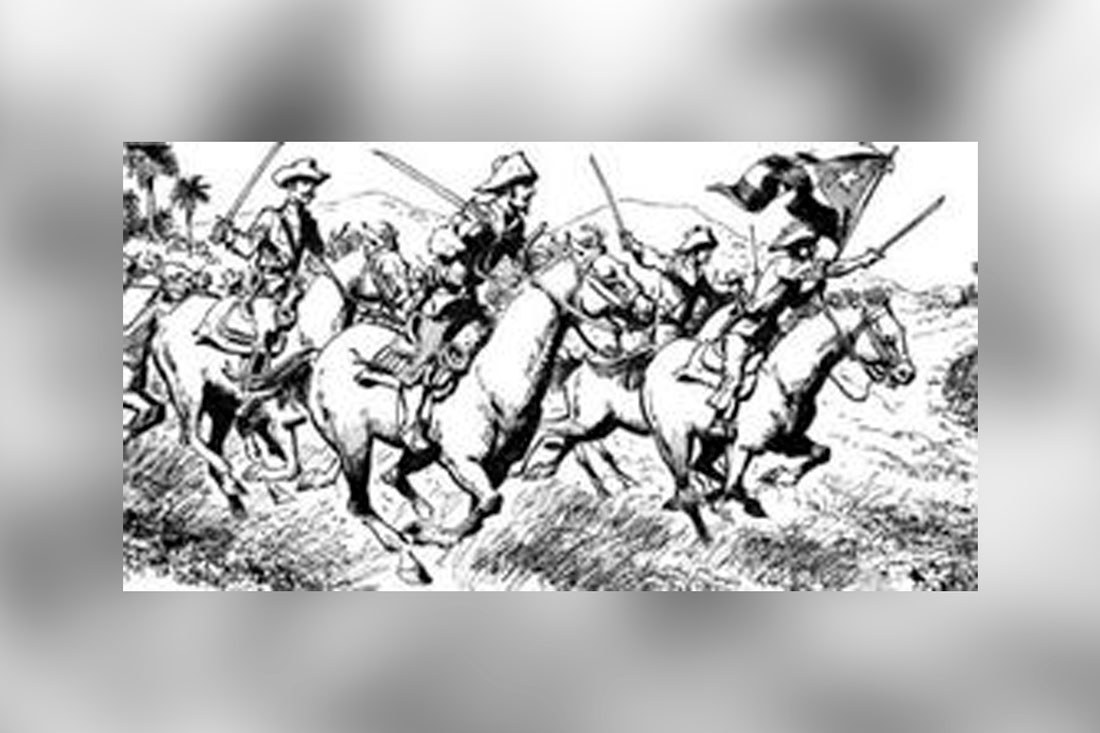The site known as Ceja de Bonilla, located about 27 km northwest of the city of Puerto Príncipe, on November 28th, 1868, one of the most important actions was carried out by the patriotic forces of Camagüey raised in arms against Spain, the Ceja de Bonilla combat
Cuban troops, which did not exceed 150 men armed with shotguns and small arms, and without any military preparation, ambushed the Count of Valmaseda, who was heading to Nuevitas by train with a column of about 800 men.
The Cubans were commanded by General Augusto Arango and Salvador Cisneros Betancourt, Ignacio Agramonte, Ángel del Castillo, the Boza brothers and Eduardo Agramonte Piña, who along with Vicente Viamontes, were the only ones injured on the Cuban side; almost all of those who will later appear at the head of the Cuban forces.
The orders
The Mambí chief ordered the ambush to be prepared on the night of the 27th, since he had previously been informed of the enemy’s proximity. Around 10:00 am, the Spanish train appeared in the distance and the insurgents prepared for the attack, which should have come as a surprise to the colonial troops; but a misfire alerted the adversary and precipitated the fight.
The Hispanic forces began to get off the train and deploy in guerrillas in the vicinity of the bridge where the railroad crosses. His artillery went into action and launched more than 20 shells with shrapnel at the insurgent ranks, which remained in their occupied positions and responded with fire from their meager and inferior weapons, saving as much as possible the little ammunition they had.
Under these conditions, the action lasted for about three hours. The vanguard of the peninsular column continued the advance by land and managed to get out of the range of the Mambisa weapons; but then the fire of these was concentrated in the rear in the moments in which the train, had remained behind, arrived at the place of the action.
In this last stage the adversary was inflicted with the greatest number of casualties; although finally Valmaseda was able to leave the combat and continue his advance. The train, which the Spanish abandoned, was destroyed, as well as the railroad hampered. In the field 12 Hispanic dead were left and it was known that the wounded were more than 50; on the Cuban side there were only two wounded.
Translated by: Aileen Álvarez García






